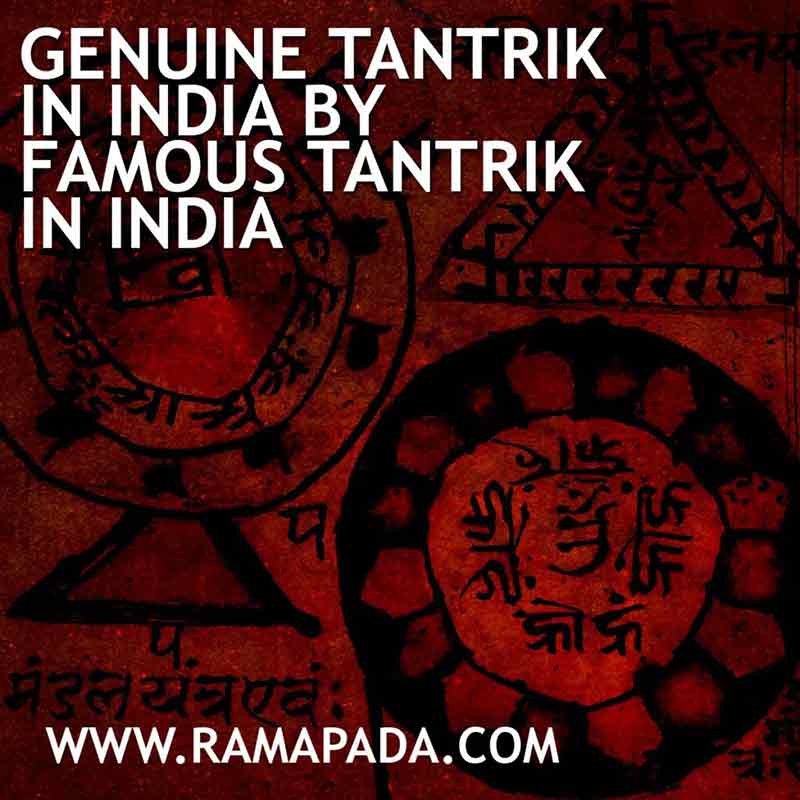According to the leading tantrik in India, yantras and mantras are two powerful tools used in Hinduism, Buddhism, and other spiritual traditions for meditation, spiritual growth, and inner transformation. While they are often used together, they each have their own unique significance and effects.
What are yantras as per the Leading tantrik in India?
Yantra is a Sanskrit word that translates to “instrument” or “machine”. In the spiritual context, a yantra is a sacred geometric diagram that represents a deity, cosmic principle, or spiritual concept. Yantras are typically composed of geometric shapes, such as triangles, circles, squares, and lotuses, that are arranged in specific patterns. Each shape and symbol within the yantra has a specific meaning and is believed to carry a particular energy or vibration.
How are Yantras Used?
Yantras are used in a variety of ways for spiritual practice. Some common methods include:
- Meditation: Focusing on the yantra can help to still the mind and promote concentration. The intricate patterns and symbols can also serve as a visual aid for meditation, guiding the mind towards deeper states of awareness.
- Visualisation: By contemplating the yantra, one can visualise the deity or principle it represents. This can help to cultivate devotion, connect with the divine, and tap into the energy of the yantra.
- Worship: Yantras can be used as objects of worship in puja ceremonies. Offerings are made to the yantra, and mantras are chanted, to invoke the blessings of the deity or principle it represents.
What are Mantras?
Mantra is another Sanskrit word that translates to “instrument of thought” or “sacred utterance”. A mantra is a word, phrase, or syllable that is believed to have spiritual power and significance. Mantras are often chanted repeatedly during meditation, yoga, and other spiritual practices, as said by leading tantrik in India, Ramapada Acharjee.
How are Mantras Used?
Mantras are used in a variety of ways for spiritual practice, including:
- Meditation: Chanting a mantra can help to focus the mind, quiet the inner chatter, and achieve a state of deep relaxation. The repetitive nature of chanting can also be hypnotic, inducing altered states of consciousness.
- Devotion: Chanting mantras dedicated to specific deities is a way to express devotion, connect with the divine, and invoke the blessings of the deity.
- Transformation: The vibrations of mantras are believed to have the power to purify the mind, body, and spirit. Chanting mantras regularly can help to cultivate positive qualities, such as compassion, peace, and love.
The Synergy of Yantras and Mantras
Yantras and mantras are often used together in spiritual practice. The visual focus of the yantra can enhance the concentration achieved through chanting the mantra. The vibrations of the mantra can activate the energy of the yantra, deepening its effects. When used together, yantras and mantras can be powerful tools for meditation, spiritual growth, and inner transformation, according to the leading tantrik in India.
Conclusion
Yantras and mantras are ancient tools that have been used for centuries in spiritual traditions around the world, as per the leading tantrik in India. They offer a powerful way to connect with the divine, cultivate positive qualities, and achieve inner peace. If you are interested in exploring these practices, there are many resources available to help you get started.

